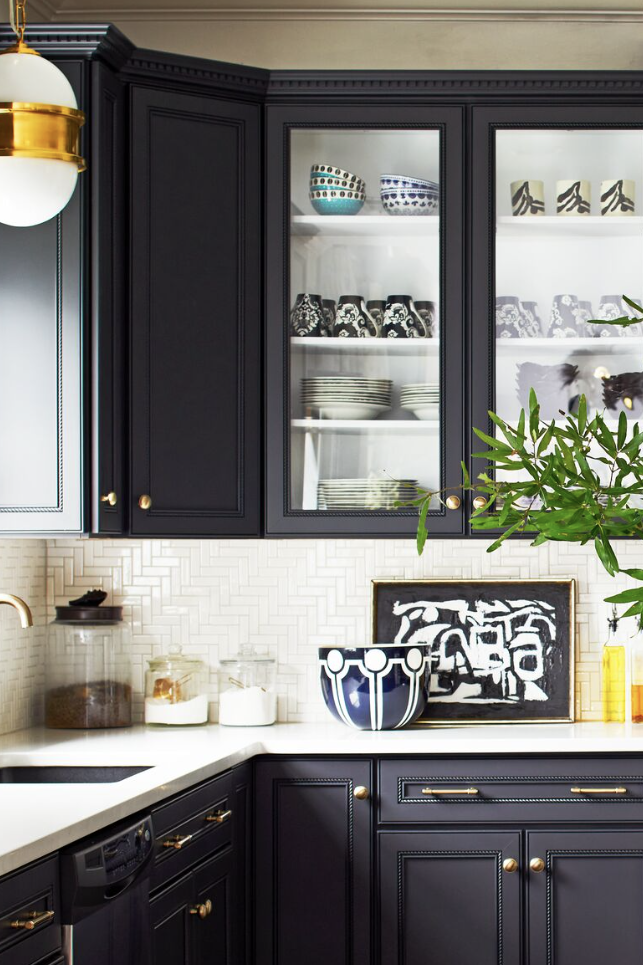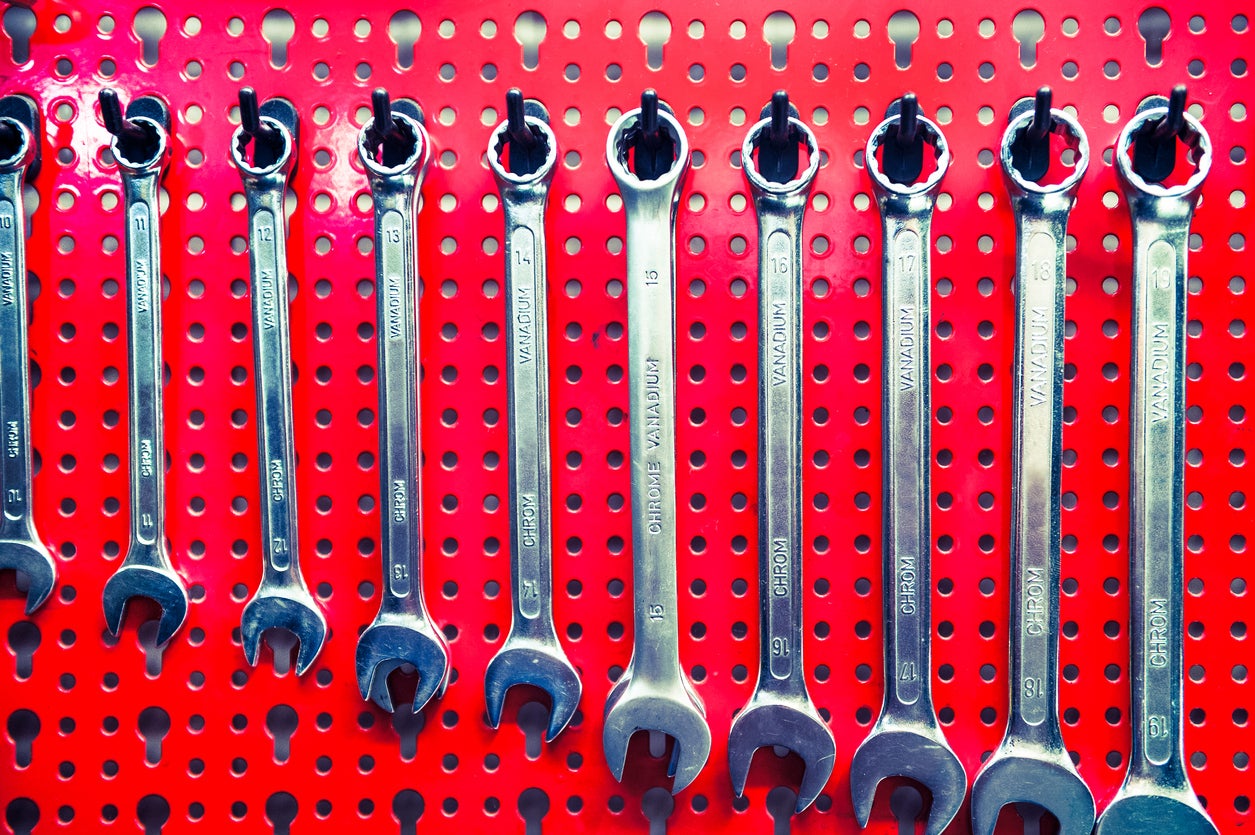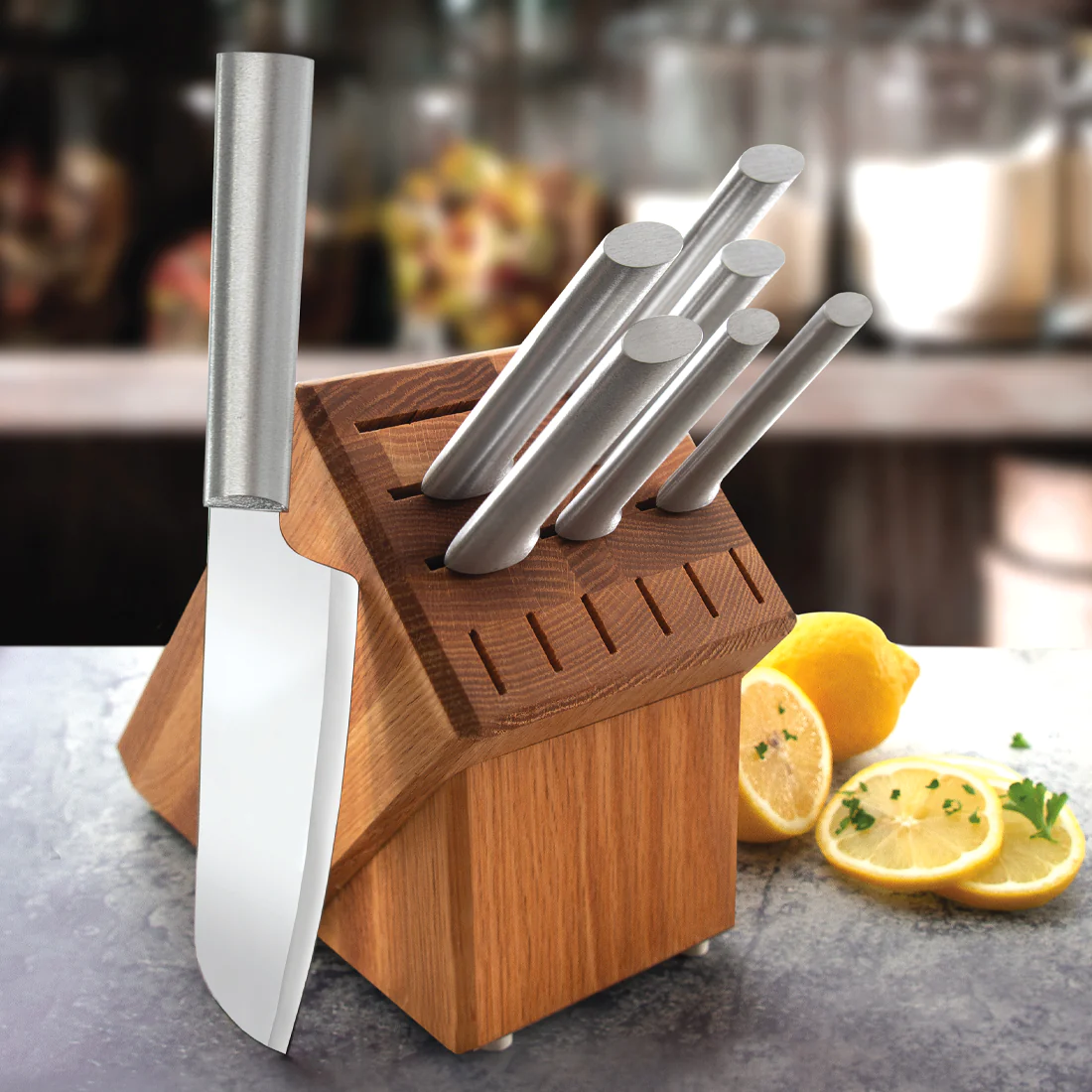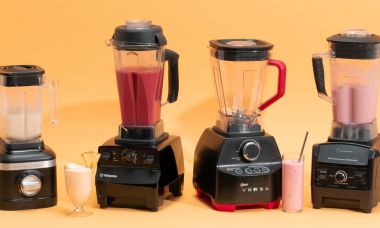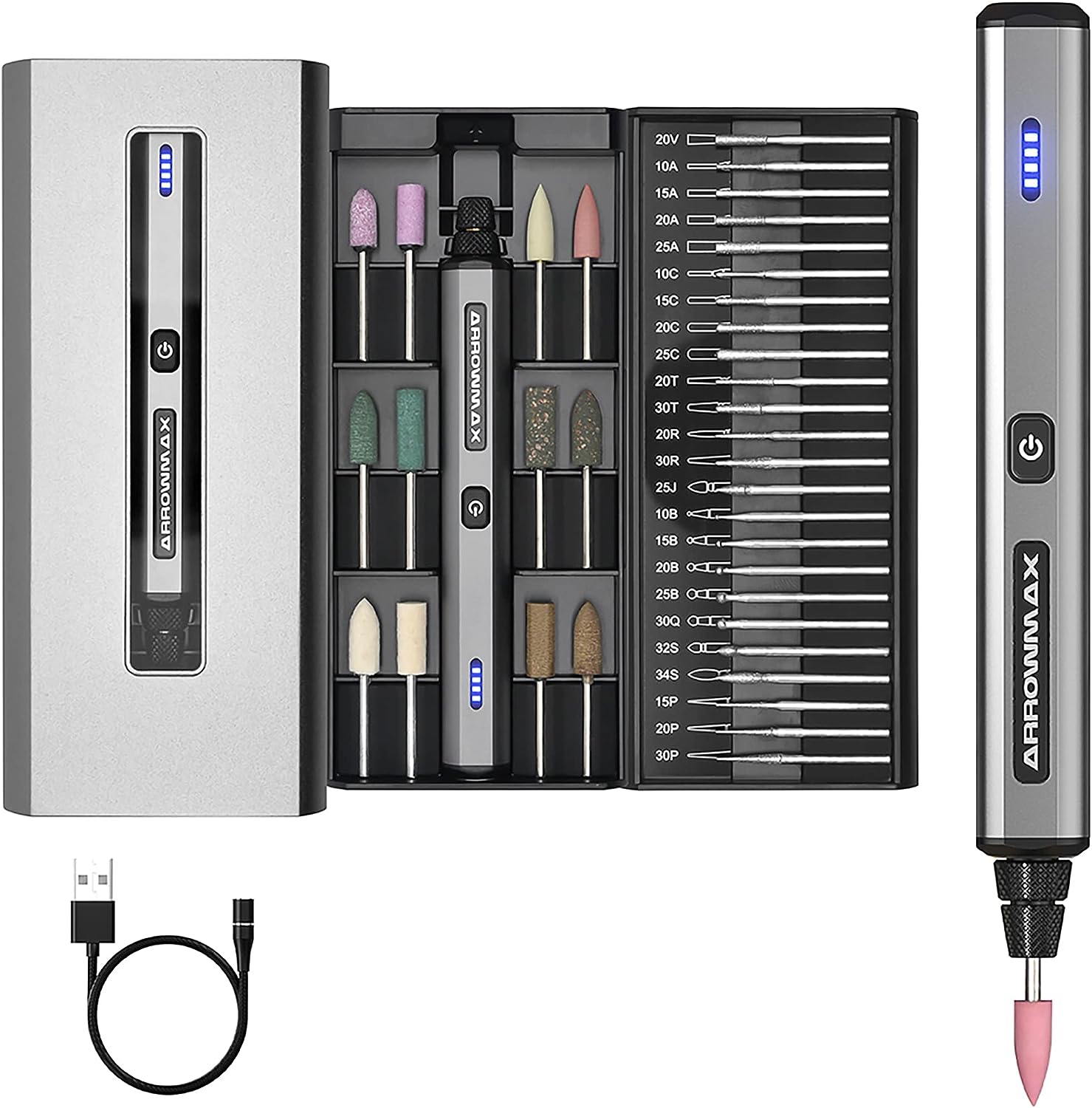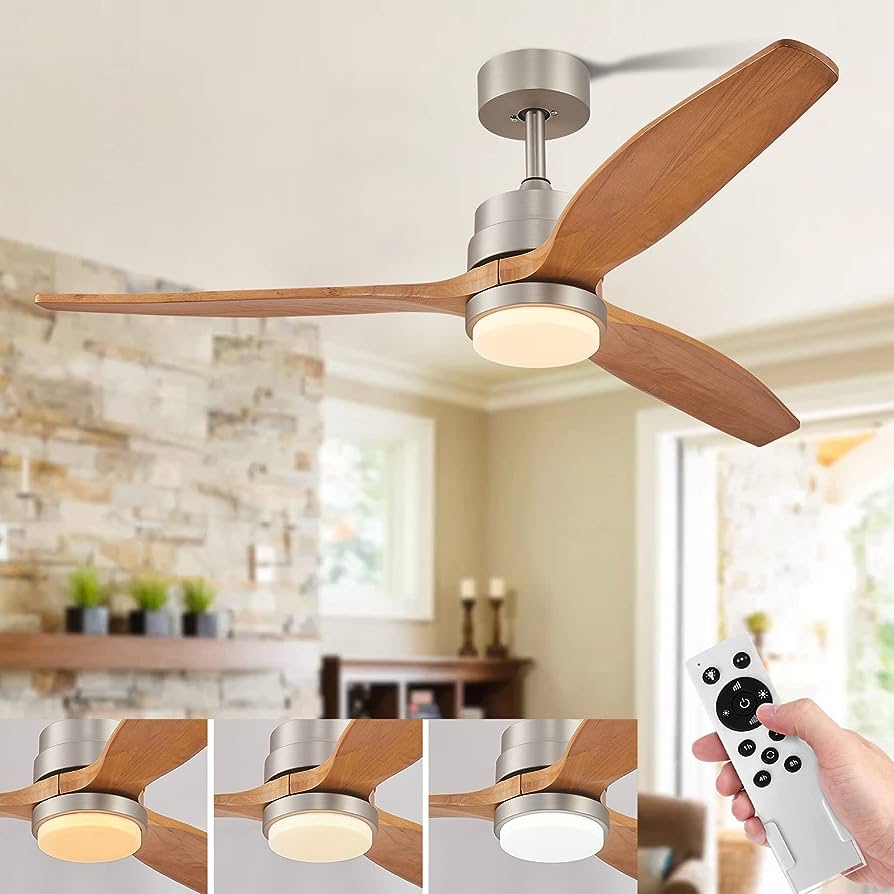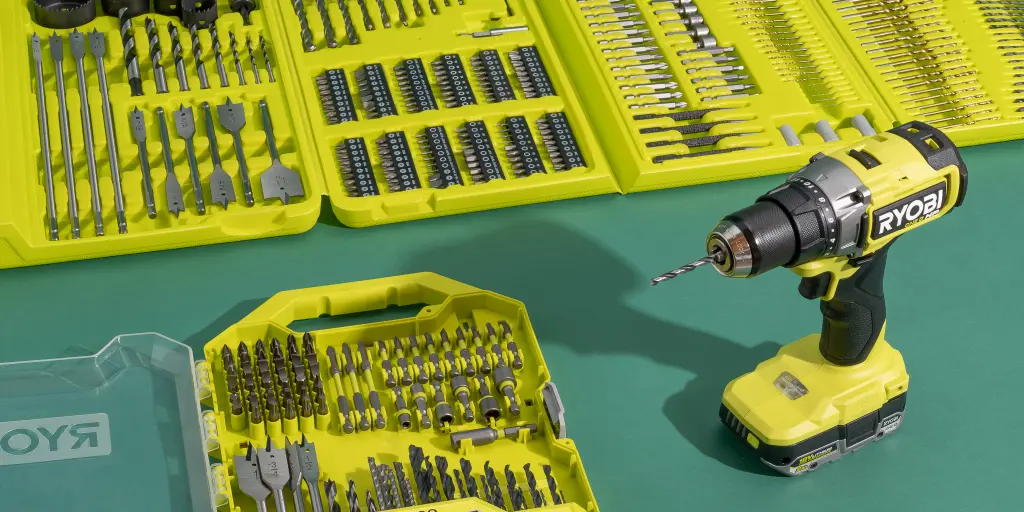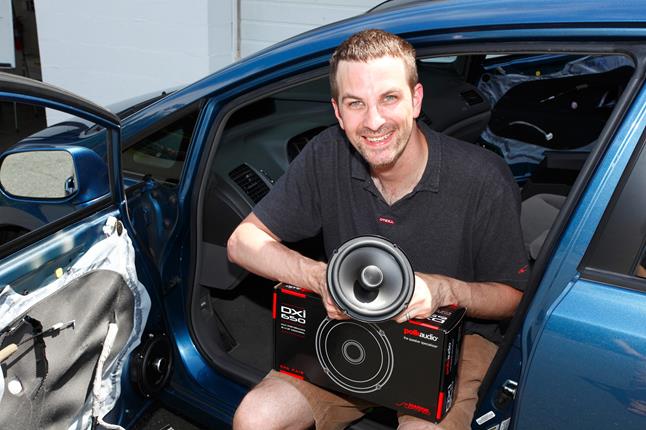Cloth diapers are not only an environmentally friendly choice, but they can also save you money in the long run. Using cloth diapers is easier than you may think, and they provide countless benefits for both your baby and the planet. In this article, we will guide you through the process of how to use cloth diapers, from understanding the different types available to troubleshooting common issues. Whether you’re a new parent or simply interested in exploring more sustainable options, this article will provide you with the knowledge and tips you need to confidently embrace cloth diapering. Get ready to take a step towards a greener future for your little one!
Benefits of Cloth Diapers: A Sustainable and Economical Choice
Cloth diapers have gained popularity among parents who are looking for a sustainable and economical alternative to disposable diapers. Let’s explore the numerous benefits that cloth diapers offer.
Sustainability: Using cloth diapers is an environmentally friendly choice. Disposable diapers contribute to a massive amount of waste that ends up in landfills and takes years to decompose. On the other hand, cloth diapers can be reused multiple times, reducing the overall waste produced. By opting for cloth diapers, you are making a positive impact on the planet and setting an example for future generations.
Cost Savings: While the upfront cost of cloth diapers may seem higher than disposable ones, you actually save a significant amount of money over time. Think about it – instead of constantly buying disposable diapers, you can invest in a set of cloth diapers that can be used for multiple children. By choosing cloth diapers, you can potentially save hundreds or even thousands of dollars throughout your child’s diapering years.
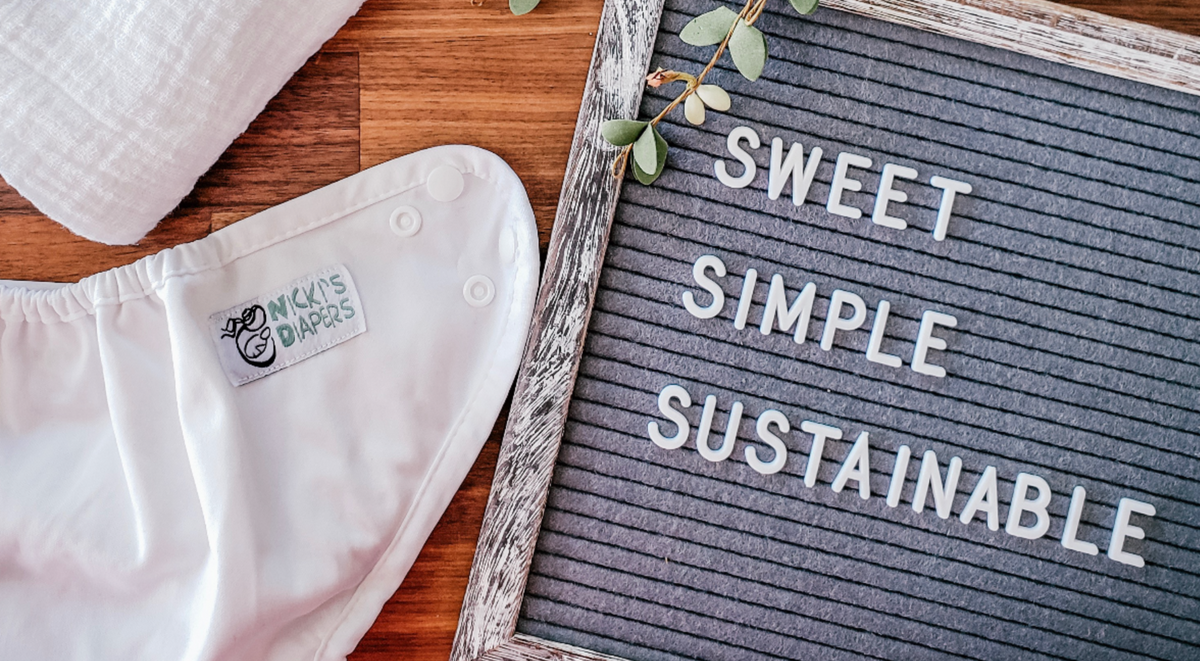
Gentle on Baby’s Skin: Cloth diapers are typically made from soft, breathable fabrics that are gentle on your baby’s delicate skin. Unlike disposable diapers, which often contain chemicals and additives, cloth diapers provide a natural and chemical-free option for your little one. This can help reduce the likelihood of diaper rash and other skin irritations.
Types of Cloth Diapers: Understanding the Different Options Available
Gone are the days when cloth diapers were limited to one-size-fits-all options and cumbersome pins. Nowadays, there is a wide variety of cloth diapers to choose from, each offering its own unique features. Let’s explore the different types of cloth diapers available:
1. Prefold Diapers: These are a classic option consisting of multiple layers of fabric with extra padding in the center. Prefold diapers require folding and securing with a cover or closure system.
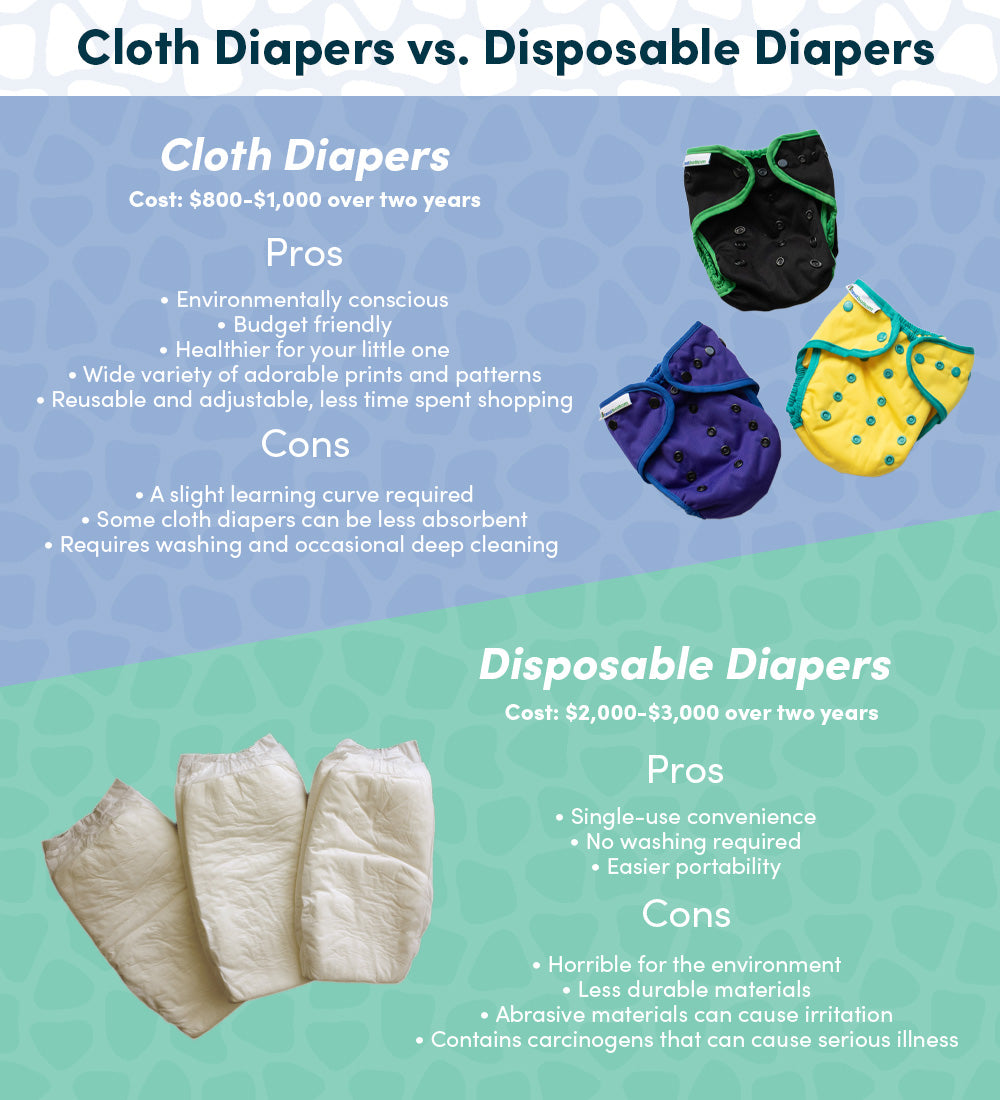
2. All-in-One Diapers: As the name suggests, these diapers have everything you need in one piece. They are similar to disposable diapers in terms of convenience, as they do not require any folding or inserts. All-in-one diapers are simple to use and great for busy parents.
3. Pocket Diapers: These diapers have a pocket or sleeve in which an absorbent insert can be placed. The pocket helps to keep the insert in place and provides flexibility in terms of absorbency. Pocket diapers are an excellent choice for customizing the level of absorbency based on your baby’s needs.
4. Hybrid Diapers: These diapers offer the best of both worlds by combining reusable covers with disposable inserts. Hybrid diapers are perfect for on-the-go situations or when convenience is a priority. They allow you to use cloth inserts at home and switch to disposable inserts when necessary.
Preparing Cloth Diapers: Proper Washing and Storing Techniques
Properly preparing cloth diapers is essential for maximizing their performance and longevity. Here are some tips for washing and storing cloth diapers:
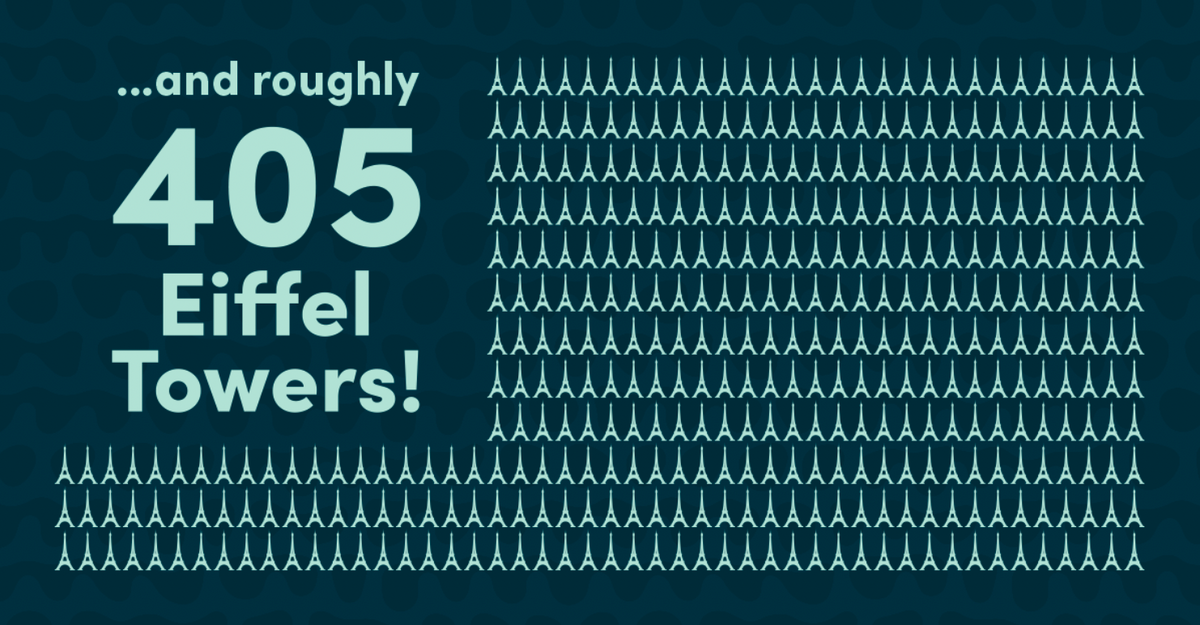
Pre-Washing: Before using cloth diapers for the first time, it is essential to pre-wash them to remove any manufacturing residues. Follow the manufacturer’s instructions, but generally, a simple machine wash with mild detergent should suffice.
Washing Routine: For regular maintenance, wash soiled diapers every two to three days. Begin by rinsing off any solid waste and then run a cold water rinse cycle. Next, wash the diapers using a hot water cycle and an appropriate amount of cloth diaper-safe detergent. Avoid using fabric softeners, as they can reduce absorbency. Finally, run an extra rinse cycle to ensure all detergent residues are removed.
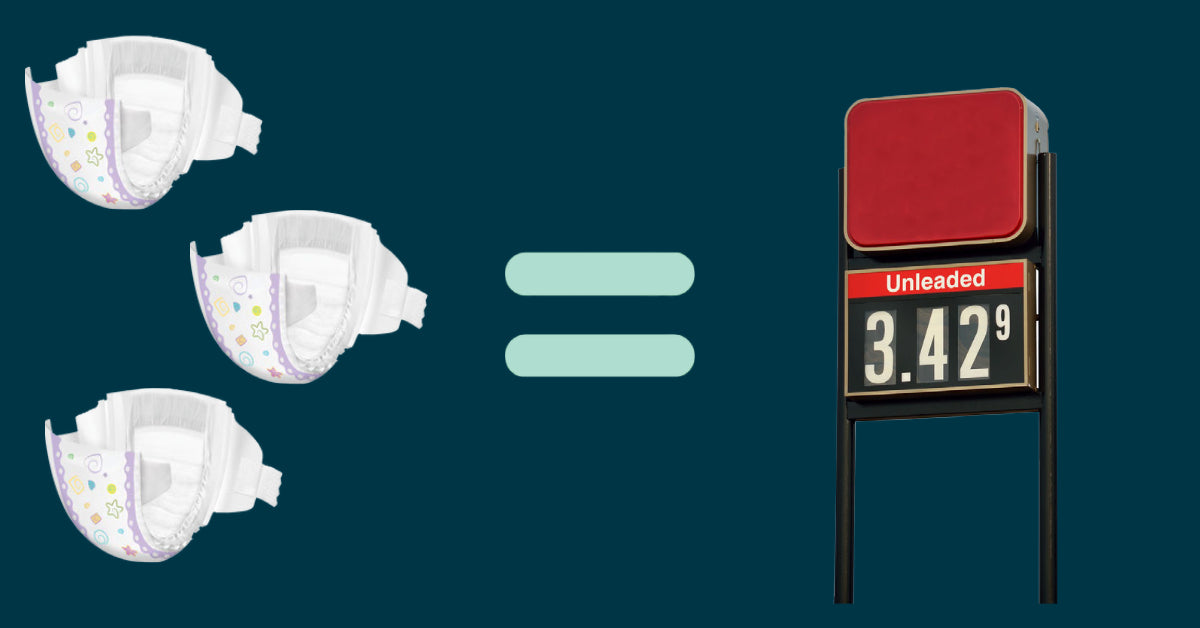
Drying: Line drying cloth diapers is the most environmentally friendly option and helps to prolong their lifespan. However, if line drying is not possible, you can use a gentle dryer setting or a dryer rack. Avoid using high heat, as it can damage the waterproof layers of the diapers.
Storing: When not in use, it is best to store cloth diapers in a dry and well-ventilated area. You can use a diaper pail or a wet bag to store the soiled diapers until wash day. It is a good idea to thoroughly rinse off any solid waste before storing the diapers to prevent stains and odors.
Step-by-Step Guide: How to Use Cloth Diapers on a Newborn
Using cloth diapers on a newborn may seem daunting at first, but with a little practice, it becomes second nature. Here’s a step-by-step guide to get you started:
1. Prepping Diapers: Before using cloth diapers, pre-wash them as mentioned earlier. Then fold or adjust the diaper to fit your baby’s size. Ensure that the diaper is snug but not too tight, allowing room for airflow.
2. Putting on the Diaper: Lay your baby on a clean surface and slide the folded or adjusted cloth diaper under them. Secure the diaper using the appropriate closure system – this could be snaps, hook-and-loop, or pins, depending on the diaper type.
3. Checking for Fit: Ensure that the diaper is properly positioned and that the leg elastics are snug but not too tight, preventing leaks. You should be able to comfortably fit two fingers between the waistband and your baby’s tummy.
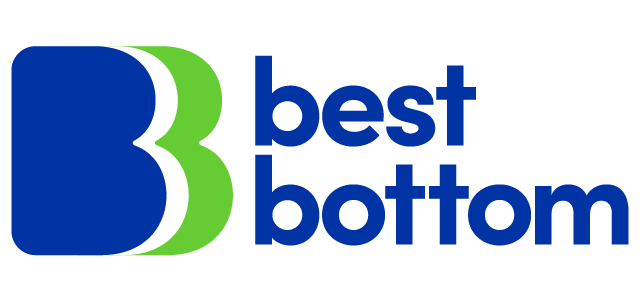
4. Adding Extra Absorbency: If needed, insert an additional absorbent insert, booster, or liner into the diaper. This can be helpful for heavy wetters or overnight use.
5. Changing Diapers: When your baby has soiled the diaper, remove it by undoing the closure system. If it’s just a wet diaper, simply replace it with a fresh one. In the case of a dirty diaper, remove any solid waste by shaking it off into the toilet or using a diaper sprayer, if available.
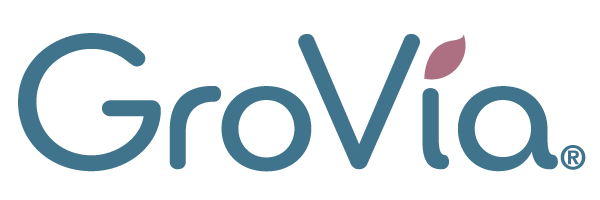
6. Laundering Soiled Diapers: Follow the washing routine mentioned earlier to clean and maintain your cloth diapers.

Remember, practice makes perfect when it comes to using cloth diapers. Don’t be discouraged if it takes a few tries to find the right fit and routine for your little one. Embrace the learning process and enjoy the many benefits that cloth diapers offer.
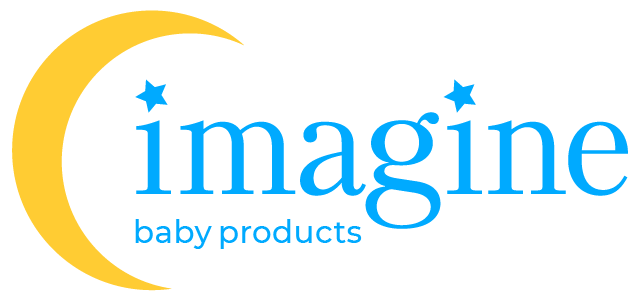
Benefits of Cloth Diapers: A Sustainable and Economical Choice
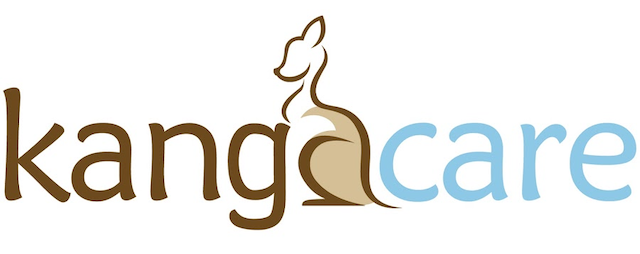
Cloth diapers have gained popularity in recent years due to their numerous benefits. Not only are they a more sustainable and eco-friendly choice, but they also offer significant cost savings compared to disposable diapers. Let’s explore these benefits in detail.
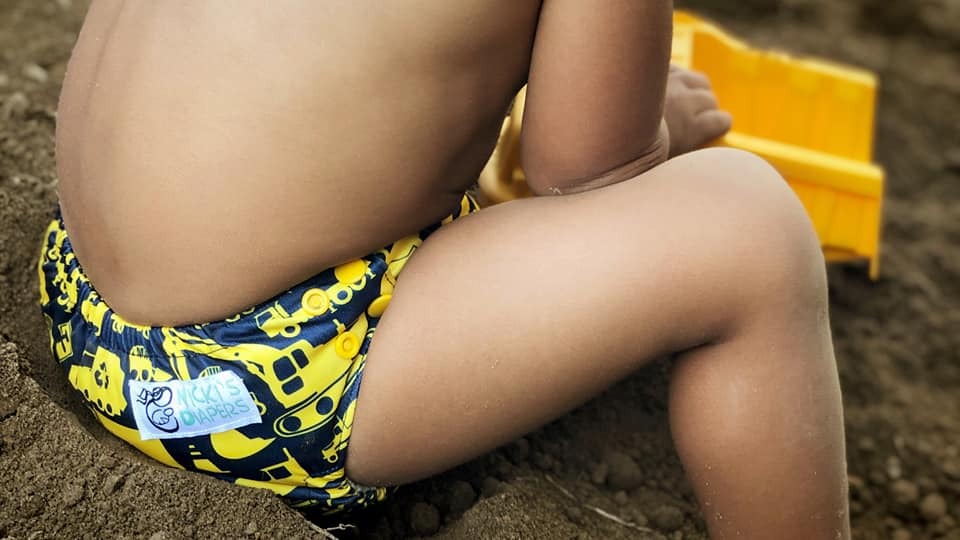
Reduced Environmental Impact
Using cloth diapers helps reduce the amount of waste that ends up in landfills. Did you know that disposable diapers can take up to 500 years to decompose? By opting for cloth diapers, you can play your part in conserving the environment for future generations.
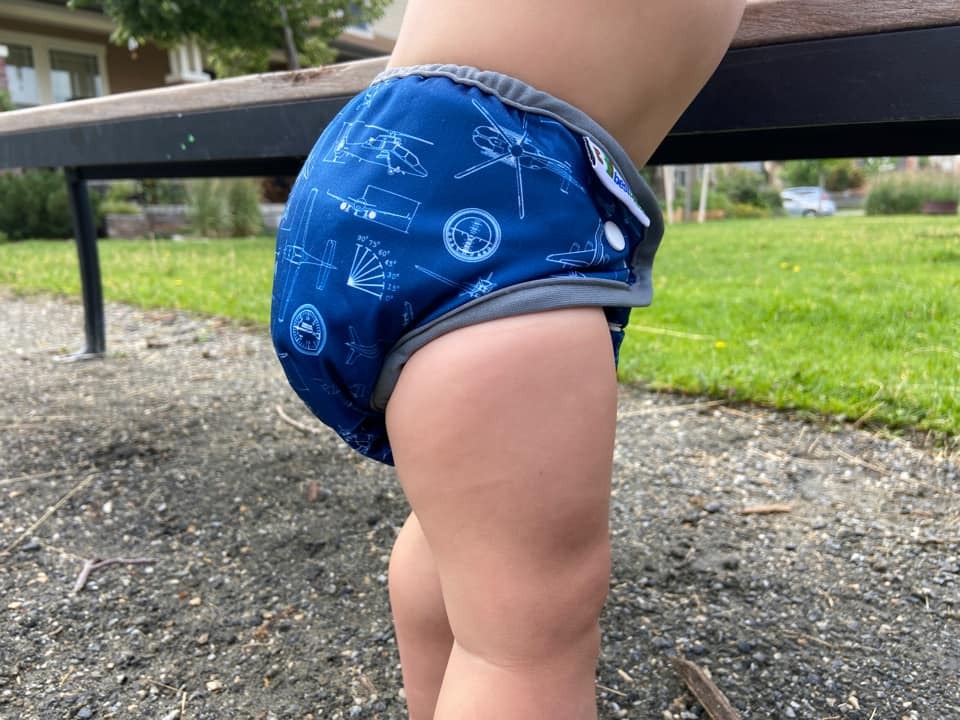
Cost Savings
One of the most significant advantages of using cloth diapers is the amount of money you can save in the long run. Although the initial investment may seem higher, the reusable nature of cloth diapers means you won’t have to continuously purchase disposable ones. This is especially beneficial if you plan to have multiple children, as cloth diapers can be reused for each child.
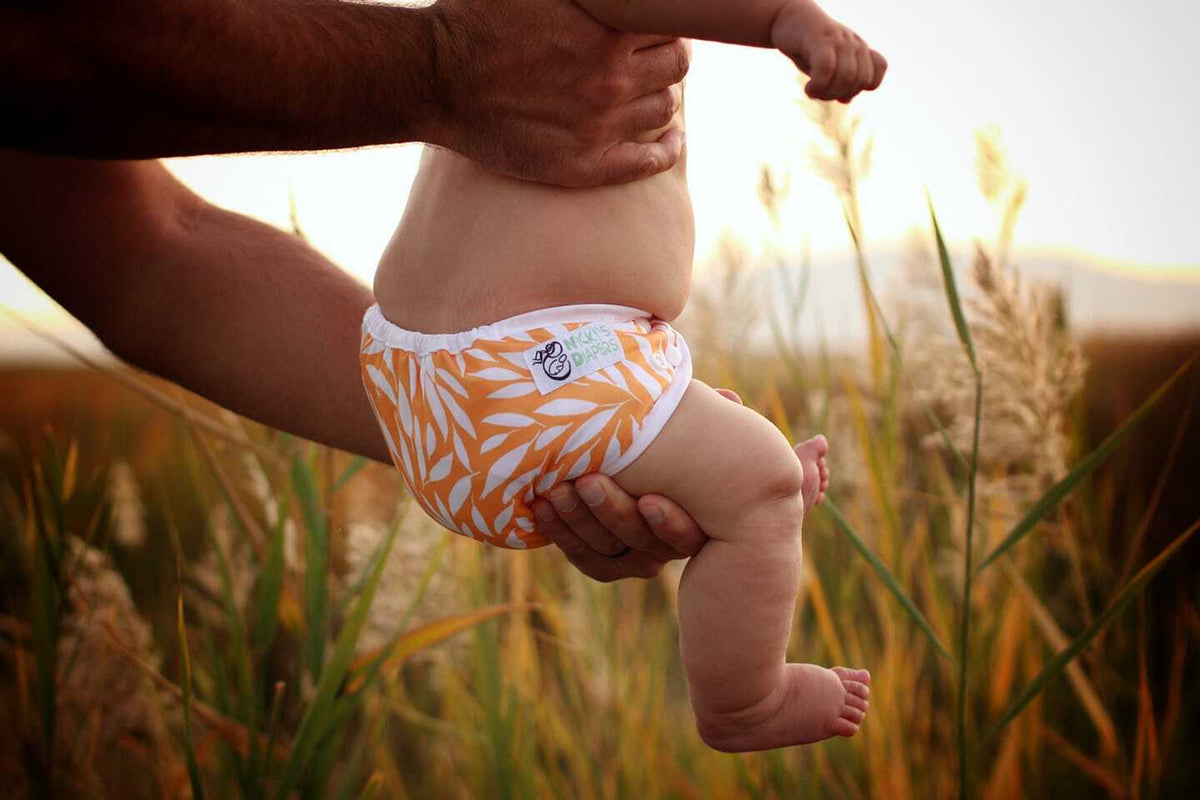
Health Benefits
Cloth diapers are often praised for their hypoallergenic properties and their ability to reduce diaper rash. The soft, natural materials used in cloth diapers allow for better airflow, which helps keep your baby’s sensitive skin dry and less prone to irritation. Moreover, cloth diapers are free from the chemicals and fragrances often found in disposable diapers, minimizing the risk of allergic reactions.
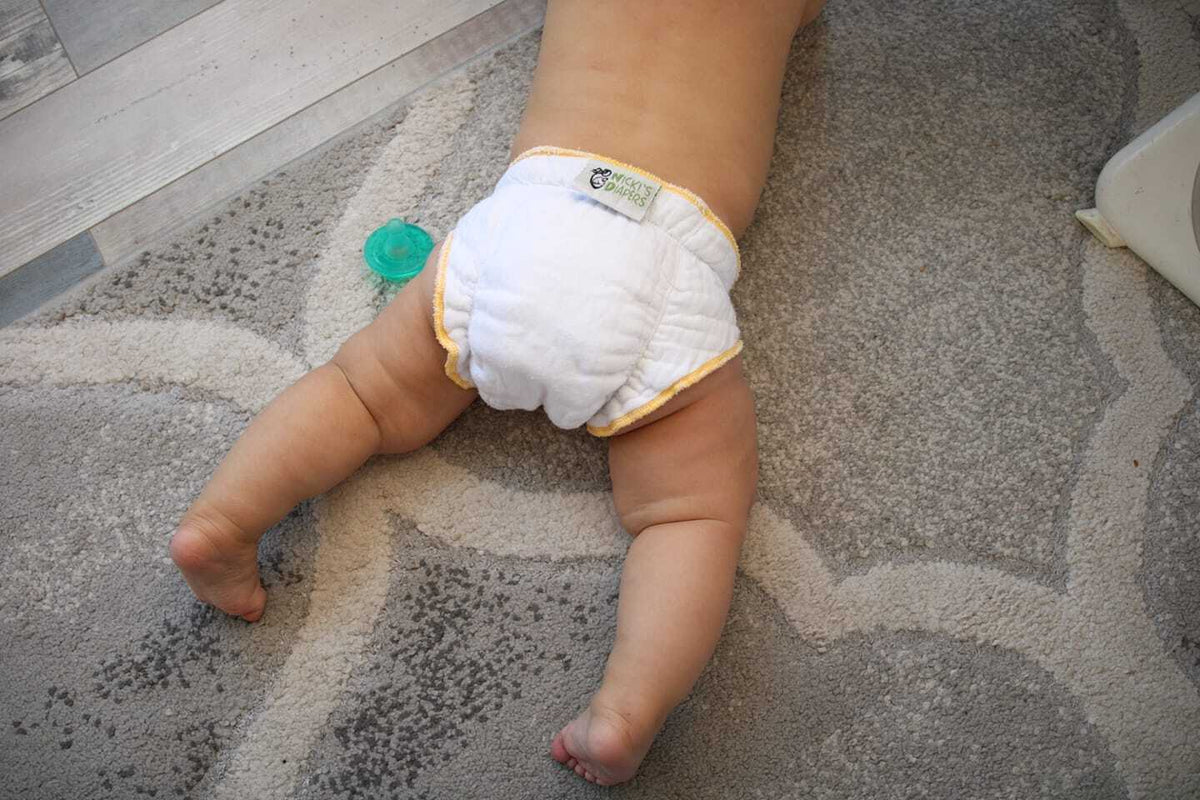
Types of Cloth Diapers: Understanding the Different Options Available
When it comes to cloth diapers, there are various options to choose from. Understanding the different types can help you determine which one will work best for you and your baby. Let’s dive into the main types of cloth diapers available.
Flat Diapers
Flat diapers are the traditional style of cloth diapers. They consist of a large, square-shaped piece of fabric that can be folded and secured around the baby using diaper pins or snaps. Flat diapers are versatile and can be adjusted to fit babies of all sizes. They are also easy to wash and dry quickly.
Prefold Diapers
Prefold diapers are a variation of flat diapers but with extra layers of absorbency sewn into the center. They are rectangular in shape and typically require folding and securing with fasteners or covers. Prefold diapers are a popular choice for their affordability and effectiveness.
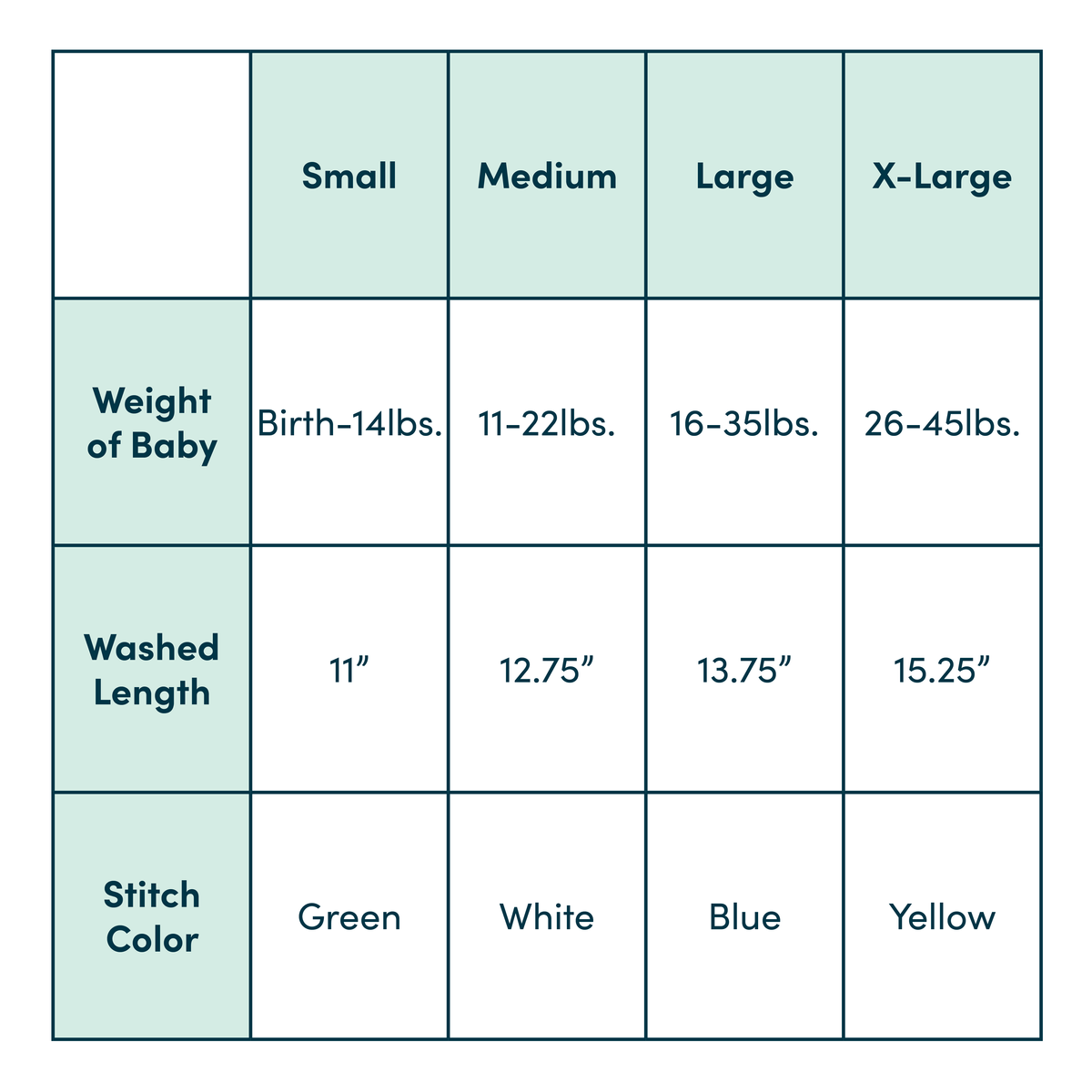
All-in-One Diapers
All-in-one diapers, also known as AIOs, are the most convenient option. They consist of a waterproof outer shell with an absorbent layer built into it. All-in-one diapers closely resemble disposable diapers, making them easy to use and suitable for caregivers who prefer familiarity and convenience.
Pocket Diapers
Pocket diapers consist of a waterproof shell and a removable insert that is inserted into a pocket opening. The pocket provides space for you to customize the diapers’ absorbency by adjusting the number of inserts used. Pocket diapers are known for their excellent leak protection and flexibility in adjusting absorbency based on your baby’s needs.

Preparing Cloth Diapers: Proper Washing and Storing Techniques
To ensure that cloth diapers remain clean, hygienic, and durable, proper washing and storing techniques are crucial. Let’s explore the best practices for keeping your cloth diapers in top condition.
Pre-Washing
Before using cloth diapers for the first time, it is essential to pre-wash them. This involves running a rinse cycle to remove any manufacturing residue or natural oils. Follow this with a regular wash cycle using a suitable detergent.
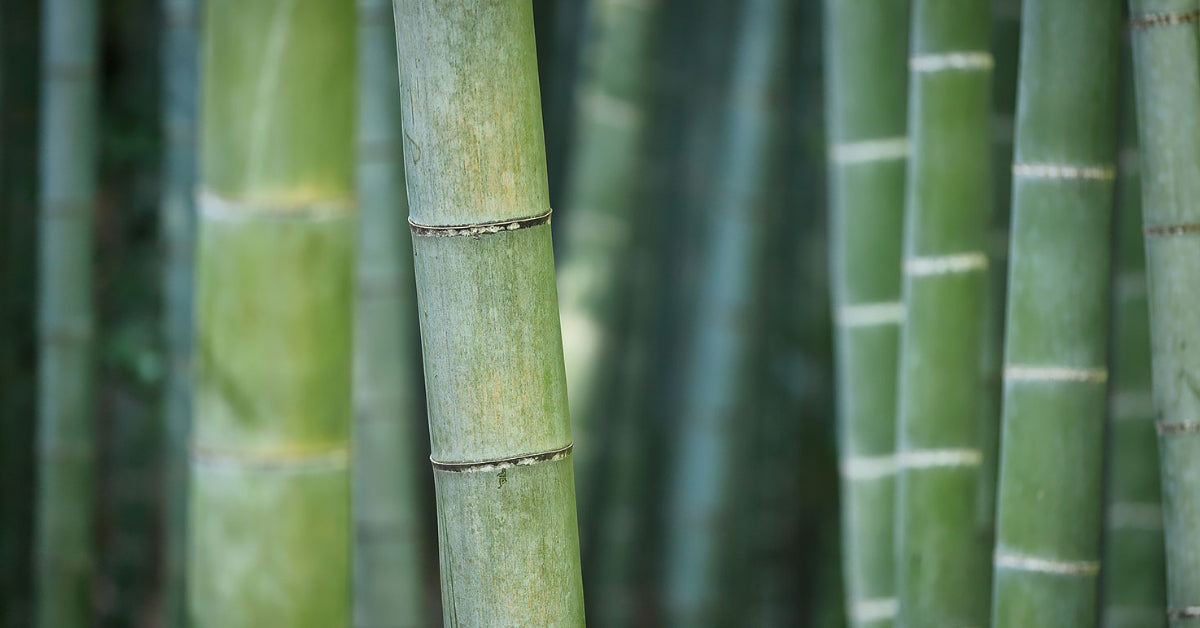
Washing
When it comes to regular washing, start by removing any solids from the diaper. Then, run a cold water rinse cycle to remove urine and excess detergent. Follow this with a hot water wash cycle, using a cloth diaper-safe detergent. Avoid using fabric softeners, bleach, or detergents with additives that can affect absorbency.
Drying
After washing, it’s time to dry the cloth diapers. Hang them in direct sunlight, if possible, as the sun’s UV rays have natural antibacterial properties. If outdoor drying is not an option, use a dryer on low heat. Remember to check the manufacturer’s recommendations regarding drying to ensure the longevity of your cloth diapers.
- COMFORTABLE: Made from 100% cotton for a soft, gentle feel on sensitive baby skin. Free from any plastics or dyes that may irritate your baby’s...
- ABSORBENT: Designed to be extra-absorbent with prefolded 3-ply center panel that keeps your little one dry and happy.
- COMFORTABLE: Made from 100% cotton for a soft, gentle feel on sensitive baby skin. Free from any plastics or dyes that may irritate your baby’s...
- LARGE SIZE: Measures 24" x 27" to customize fold for multipurpose use.
- Reusable & Eco-friendly: Our cloth diapers are made with high-quality materials and are free from harsh chemicals and additives found in disposable...
- One Size Cloth Diapers: The several buttons along the front that are great and adjustable to your baby's growth.you can adjust the diaper to your...
- SLIM FIT AND ANTI LEAK - Perfect fit with crossover snaps and hip snaps to avoid wing droop and keep the baby cloth diapers in place. Snug leg...
- GROWS WITH YOUR CHILD - One size adjustable cloth diaper covers (8-40lbs) with 3x4 rise snaps, perfect fit for newborn infants to toddlers. Saving...
- 100% COTTON DIAPERS - Made of pure, 100% premium cotton in a lint-free, tightly woven gauze. No unwanted or toxic chemicals touching your baby's...
- COMFOT AND SOFT CLOTH DIAPERS - Prefolds are 2x6x2 Layers of cotton, with the middle panel having extra layyers for ensuring maximum absorbency...
- FASION & STYLISH -Why not get these reusable, washable super-absorbent and comfortable cloth nappies / diapers, which are also called modern cloth...
- HIGH QUALITY, ADJUSTABLE, REUSABLE & WATERPROOF -Outer layer: polyester with waterproof and breathable TPU .It's convenient for mammy to carry baby...
- Thoughtful Package: Including 6 pack of diapers + 6 inserts + 1 wet bag per pack, 6 different modern patterns; Cute stylish prints for boys & girls;...
- One Size Adjustable Diaper: Three rows of adjustable snaps to allow for a small, medium, large size in one diaper; Usually fit zero-two years' baby;...
- 6 PACK EXTRA LARGE SIZE: Are you considering cloth diapers but are confused by all choices out there? Do you currently use cloth diaper, but are in...
- WASHABLE: Our flat Birdseye diapers are all 100% cotton and 1 layer thick. Our diapers are generally thicker, softer and more absorbent than other...
- 10 Pack Extra Large Cloth Diapers for babies 24 Inches x 24 Inches
- Made with 100% Pure Cotton lint free Fabric in Standard 100 OEKO-TEX Certified factory. Birds Eye Weave Fabric ensures softness and is Highly...
- One Size fit 0-3 Year Old Babies: Cloth Diapers with adjustable snaps fits babies or toddlers from 7 to 33 pounds and grows with your little one. You...
- Save Money & Environmental-Friendly: Cloth diapers with inserts are less expensive than disposable diapers and create less waste. Our cloth diapers...
As an Amazon Associate I earn from qualifying purchases. Learn More
Step-by-Step Guide: How to Use Cloth Diapers on a Newborn
Using cloth diapers on a newborn may initially seem intimidating, but with a little practice, it becomes a straightforward process. Follow this step-by-step guide to ensure a comfortable and leak-free experience for both you and your baby.
Step 1: Prep the Diapers
Ensure that your cloth diapers are clean and dry before use. If necessary, fold and adjust the diapers to fit your newborn’s size and shape.
Step 2: Add an Insert
If you’re using pocket diapers or all-in-one diapers with removable inserts, add the appropriate insert to provide absorbency. Adjust the number of inserts based on your baby’s needs.
Step 3: Secure the Diaper
Lay your baby on the diaper and bring the front flap up between their legs. Fasten the diaper using snaps, hook-and-loop closures, or diaper pins, depending on the style you have chosen. Ensure a snug fit around the waist and legs to prevent leaks.
Step 4: Check for Comfort
Ensure that the diaper is comfortable for your baby. It should not be too tight, leaving red marks, nor too loose, allowing leaks. Adjust the fit as necessary.
Step 5: Monitor and Change Frequently
Keep an eye on your newborn’s diaper and change it promptly when wet or soiled. The frequency of changes will vary depending on your baby’s age, diet, and individual needs.
Using cloth diapers on a newborn requires a bit more effort than disposable diapers, but the benefits they offer make it worthwhile. With proper care and attention to your baby’s needs, cloth diapers can provide a comfortable, cost-effective, and eco-friendly diapering solution.
Conclusion
Choosing to use cloth diapers for your baby is a sustainable and economical choice that comes with a plethora of benefits for both your family and the environment. By understanding the different types of cloth diapers available and properly preparing and caring for them, you can confidently navigate the world of reusable diapers. Our step-by-step guide on how to use cloth diapers on a newborn will give you the confidence to provide your little one with the utmost comfort while reducing waste. By considering the differences between cloth diapers and disposable diapers, you can make an informed decision that aligns with your values and lifestyle. Additionally, we’ve provided valuable tips on troubleshooting common cloth diaper issues, managing diaper changes on the go, and convincing others to embrace the cloth diapering journey. With these insights and resources, you’ll be well-equipped to embark on this rewarding and sustainable parenting journey. Start your cloth diapering adventure today and discover the joy of making a difference, one diaper change at a time!
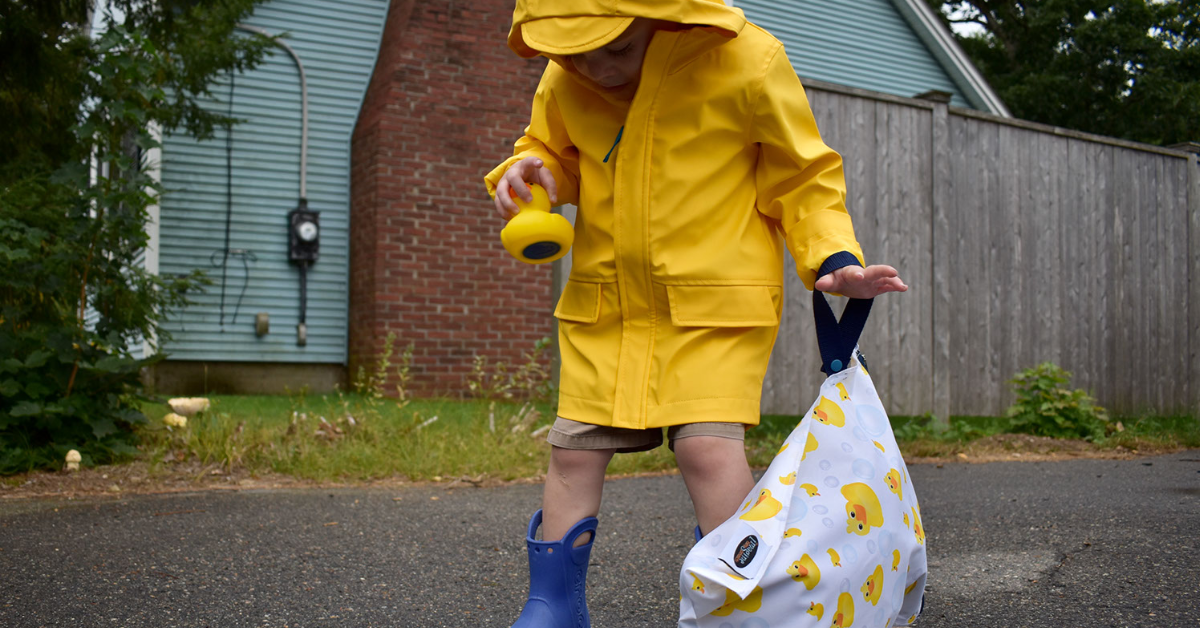
Frequently Asked Questions
1. How do I use cloth diapers?
Using cloth diapers is simple! Start by placing an absorbent insert or pad inside the diaper cover. Then, secure the diaper around your baby’s waist using the Velcro or snaps provided. Ensure a snug fit without being too tight. Remember to change the diaper every few hours to keep your little one clean and dry.
2. Are cloth diapers as absorbent as disposable ones?
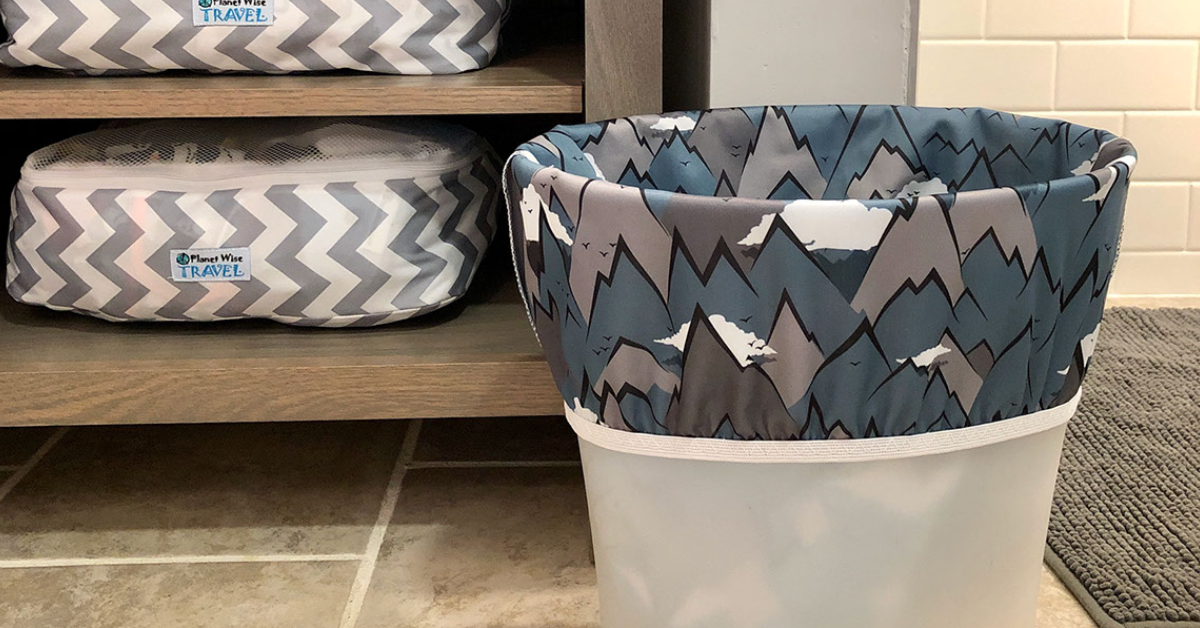
Yes, cloth diapers can be just as absorbent as disposable ones if you use the right inserts or pads. Many cloth diaper inserts are made of highly absorbent materials like bamboo or hemp, which can hold a significant amount of liquid. Adding extra inserts for nighttime or heavy wetters can increase absorbency too!
3. How do I clean cloth diapers?
Cleaning cloth diapers is easier than you might think! First, remove any solid waste by spraying or scraping it off into the toilet. Then, store the dirty diapers in a wet bag or pail until you’re ready to wash. Wash the diapers in the machine using a gentle cycle and cloth diaper-safe detergent. Hang them to dry or tumble dry on low heat. Avoid using fabric softeners or bleach, as they can reduce absorbency and damage the fabric.
4. How many cloth diapers do I need?
The number of cloth diapers you’ll need depends on your baby’s age and how often you want to do laundry. As a general rule, having around 20-25 diapers is a good starting point. Newborns may require more diaper changes, so having a few extra on hand can be helpful. Remember, cloth diapers can be reused after washing, so you won’t need to buy as many as disposable diapers.
5. Are cloth diapers better for the environment?
Yes, cloth diapers are considered more eco-friendly than disposable diapers. Disposable diapers generate a significant amount of waste and take hundreds of years to decompose in landfills. On the other hand, cloth diapers can be reused multiple times, reducing the environmental impact. By using cloth diapers, you can contribute to a healthier planet for future generations.













